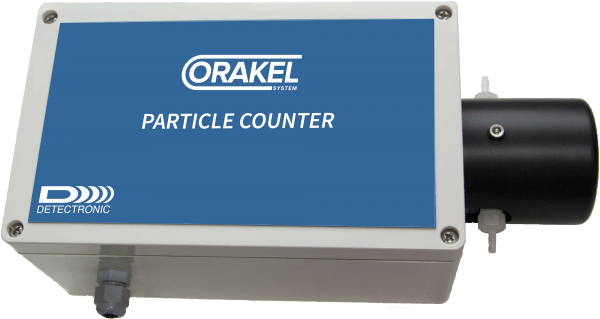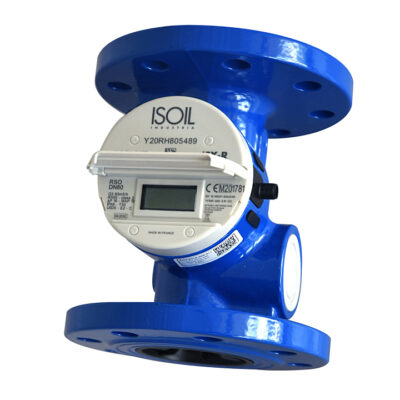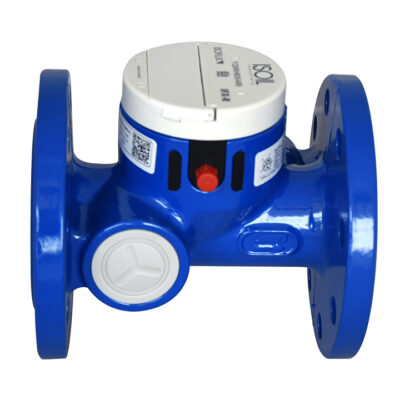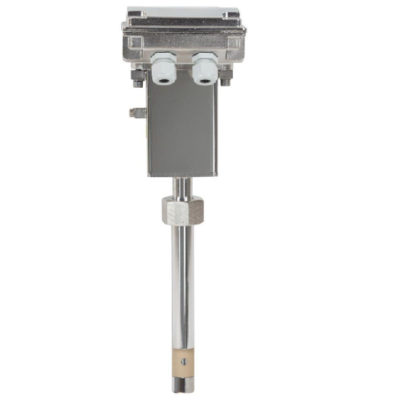TOC, COD, UV ABSORPTION
The ORAKEL COD/TOC Sensor uses UV254 light as a surrogate measurement for detecting organics in water. It is designed in modular form so that it can be integrated with other sensors, such as pH, turbidity and dissolved oxygen, to provide all the tools needed for either a stand-alone UV254 analyser or as part of an effluent discharge monitoring system.
Description
The ORAKEL COD/TOC Sensor provides online continuous organics monitoring utilising a 254nm ultraviolet light source.
The amount of light absorbed provides an ongoing indication of Natural Organic Matter (NOM) in a flowing sample. It serves as a continuous surrogate measurement for Total Organic Carbon (TOC), as well as other measurements such as Chemical Oxygen Demand (COD).
APPLICATIONS
When using the transmission mode (UVT) the ORAKEL COD/TOC Sensor can be used to optimise the light level in UV disinfection equipment providing confidence in your disinfection whilst minimising power levels.
Once in absorbance mode (UVA), the instrument can be used to monitor the presence of organic matter (NOM). This can be used as a surrogate measurement for COD, BOD or TOC to give continuous indication and evidence of effluent quality and ensure that all effluent control requirements are met on any waste stream.
The ORAKEL COD/TOC Sensor can be combined with any other ORAKEL sensor such as pH, temperature, suspended solids, dissolved oxygen etc., to give a complete waste stream monitoring system at a fraction of the price of a true ‘online’ COD/TOC analyser.
UV254 is an established method for monitoring organic loads, as many organics absorb UV light at the 254nm wavelength. Measuring the amount of UV light absorbed, is used to monitor Natural Organic Matter (NOM). Monitoring NOM provides an early indication of unexpected events, giving you an opportunity to adjust your treatment.
INNOVATIVE TECHNOLOGY
The ORAKEL COD/TOC Sensor uses the most innovative technology on the market to avoid the common issues associated with using light absorption for waste water analysis.
The unique technology employed removes the UV lamp fluctuation, dirt and fouling issues associated
with many optical instruments, whilst also avoiding the added complexity, maintenance and expense seen in other instruments attempting to overcome the same issues.
The ORAKEL COD/TOC Sensor comes with built in turbidity compensation to ensure accurate, stable and reliable measurements.
Thanks to the multiple light path lengths available (2, 4 and 10mm), the ORAKEL COD/TOC Sensor is suitable for almost any waste stream and is capable of measuring a range of 0 – 6.5 UVA.
The modular design and wide UVA range makes it the most adaptable system available worldwide.
When coupled with the ORAKEL Control Unit, you get a system capable of automatic self-cleaning, automatic calibration/zeroing plus a wealth of process control and communications options.
PRODUCT SPECIFICATION
Range
0-100% UVT, 0-6.5 UVA.
Accuracy
±1.0% UVT.
Repeatability
±0.1% UVT.
Resolution
0.1% UVT, 0.001 UVA.
Path Length
2, 4 and 10mm.
Sampling Time
10 seconds.
Flow Rate
300-800ml/min.
Cleaning
Unique fouling compensation, quick and easy in-situ cleaning technology.
Automatic cleaning (optional).
Self Diagnostics
Continuous detection of excessive fouling, lamp output and electrical fault.
Humidity Control
Humidity sensor with large regeneratable desiccant system.
Wavelength
254nm (tolerance ±0.3).
Light Source
Low pressure mercury UV lamp.
Lamp Life
2 years (warranted).
Dimensions
16″(h) x 14″(w) x 8″(d).
Enclosure
IP65 (Nema 4X) wall mountable.
Fluid Connections
¼” tube compression in/out.
Electrical
100-240VAC.
Operating Temp
0° to 45°C (32° to 113°F).
Storage Temp
-20° to 60°C (-4° to 140°F).
Warranty
2 year limited warranty.
Optional Accessories
Automatic chemical cleaning.
Dual sample capability.
Seawater version.
Additional information
| Weight | 5 kg |
|---|---|
| Dimensions | 30 × 100 × 100 cm |









Reviews
There are no reviews yet.